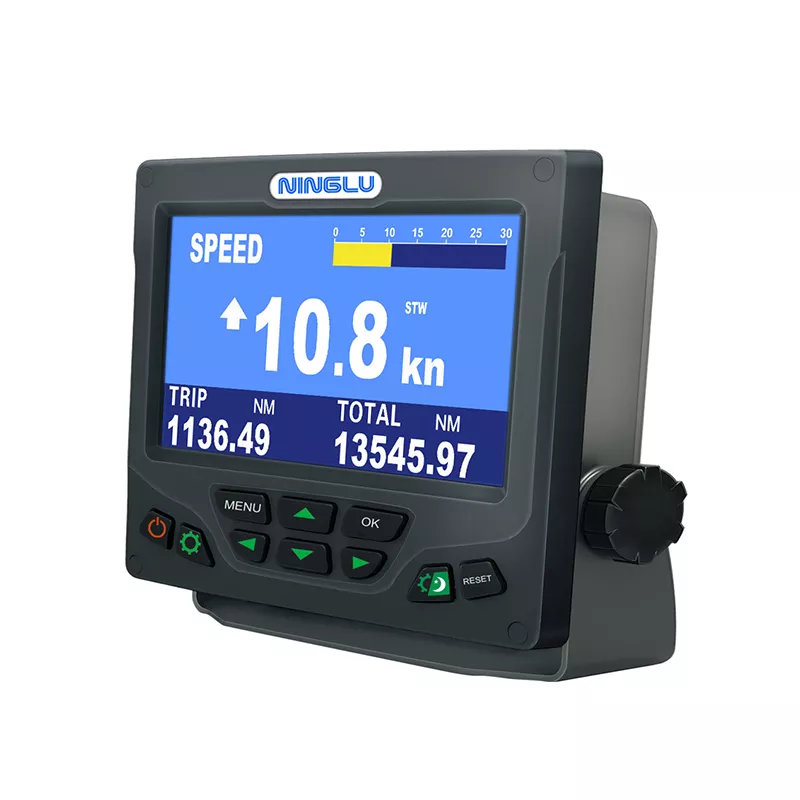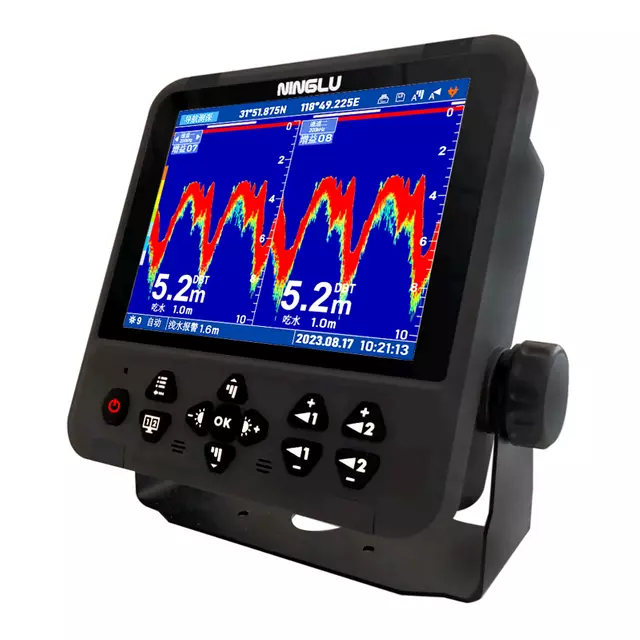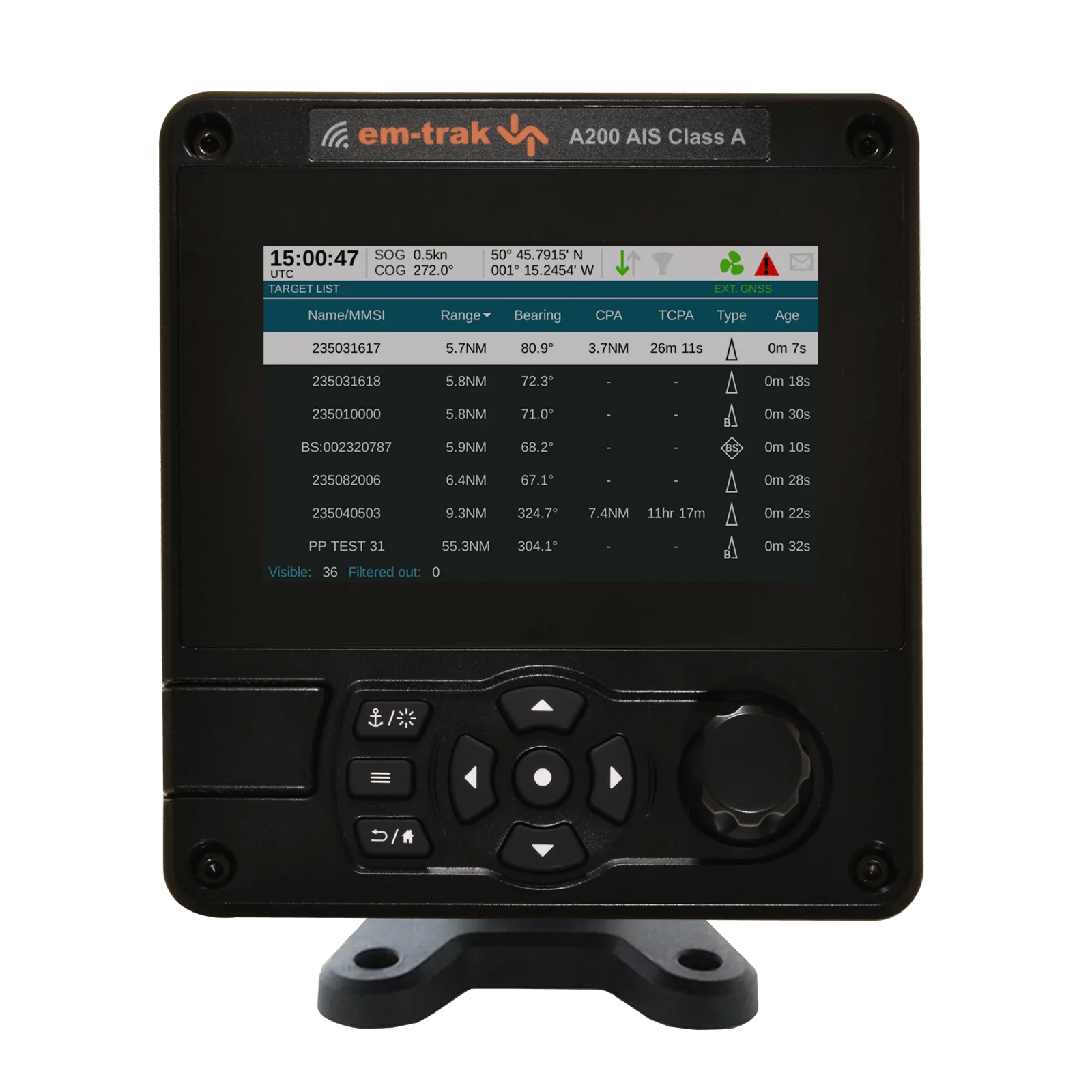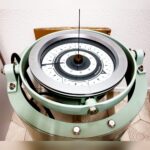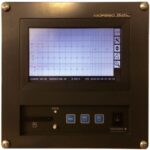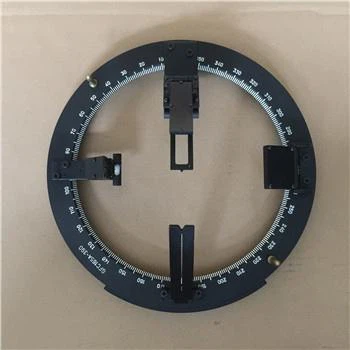AIS
AIS (Automatic Identification System) is a key maritime navigation technology used to track and exchange vessel information electronically. It enhances maritime safety, efficiency, and situational awareness by transmitting and receiving vessel data. Below are some frequently asked questions (FAQs) about AIS:
| Question | Answer |
|---|---|
| What is AIS? | AIS stands for Automatic Identification System. It is a vessel tracking system used in maritime navigation to transmit and receive vessel information, including identity, position, course, and speed. |
| How does AIS work? | AIS works by continuously broadcasting vessel information via VHF radio signals to nearby vessels, shore stations, and satellite System. It also receives and displays information from other AIS-equipped vessels in the vicinity. |
| What are the key benefits of AIS? | Key benefits include collision avoidance, enhanced situational awareness, improved maritime traffic management, search and rescue support, and efficient vessel tracking for maritime authorities. |
| What information does AIS transmit? | AIS transmits vessel identity (MMSI), position (latitude and longitude), course over ground (COG), speed over ground (SOG), navigational status, and other safety-related information. |
| Who uses AIS? | AIS is used by commercial shipping vessels, passenger ships, offshore platforms, fishing vessels, and other maritime entities to comply with international regulations and enhance navigational safety. |
| Is AIS mandatory? | Yes, AIS is mandatory for vessels above a certain size and type as per international maritime regulations (SOLAS), aimed at improving maritime safety through enhanced vessel tracking and collision avoidance. |
| Can AIS be used for search and rescue operations? | Yes, AIS enhances search and rescue operations by providing accurate vessel location information, aiding authorities in quickly locating and assisting distressed vessels. |
| Does AIS have privacy concerns? | AIS broadcasts vessel information publicly, which can raise privacy concerns. However, regulations and settings allow vessels to control the visibility of certain information for security and privacy reasons. |
| What is AIS Class A vs. Class B? | AIS Class A is mandatory for larger vessels and transmits data more frequently with higher transmission power. AIS Class B is used by smaller vessels and transmits data less frequently with lower power. |
| How has AIS technology evolved? | Advancements in AIS technology have improved data transmission rates, integration with other onboard System (e.g., ECDIS), and interoperability with satellite-based AIS System, enhancing global vessel tracking capabilities. |
Conclusion
AIS technology plays a crucial role in modern maritime navigation by providing real-time vessel tracking, enhancing safety, efficiency, and situational awareness at sea. By leveraging AIS capabilities, maritime stakeholders improve collision avoidance, traffic management, and emergency response, contributing to safer and more efficient maritime operations.


